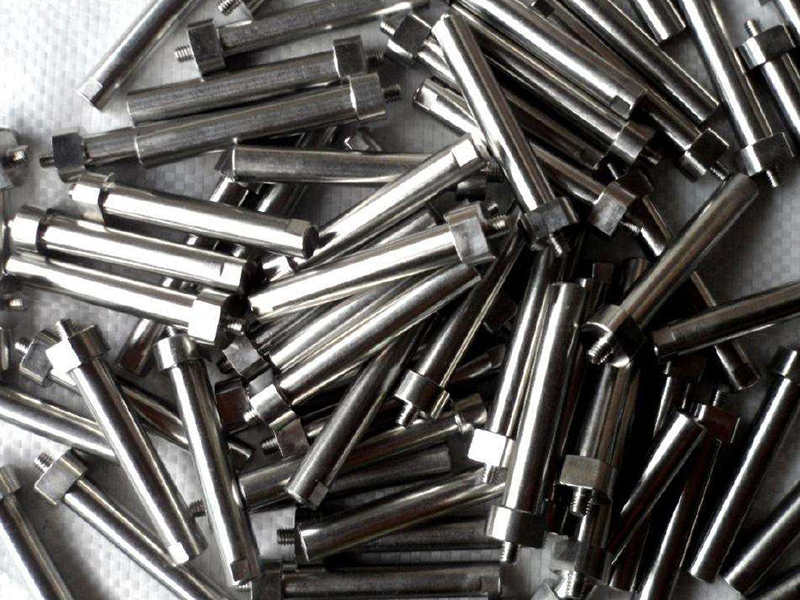The pin is a kind of standardized fastener, which can be fixed statically or moved relative to the connected parts. It is mainly used for the hinged connection of two parts to form a hinged connection. The pin is usually locked with a split pin, which is reliable and easy to disassemble. The pin is usually locked with a split pin, which is reliable and easy to disassemble. The international standard for pins is ISO 2341:1986. Domestic standard GB/T882-2008.
Improper use or operation of precision pins can cause effects:
1. The precision pin is bent or broken.
2. Damage to other parts. If it is found that the connecting pin is seriously worn or bent, it should be replaced in time.
Precautions for transportation, installation or use of precision pins:
If you need to replace the parts, you must use the original parts provided by the manufacturer or the parts according to the specifications and models provided by the manufacturer's original drawings. When transporting and hoisting, use soft materials such as conveyor belts and hemp ropes with sufficient strength to be woven into ropes for hoisting. Never use chains or steel wire ropes for hoisting. Be sure to avoid damage to the coating surface of objects and personnel.

Precision pin storage conditions:
It should be stored in a special warehouse and should be ventilated and moisture-proof. If the conditions are limited, a temporary tent that is rain-proof, waterproof and moisture-proof can be set up, or protected with a tarpaulin, and must not be directly exposed to the sun.
Common faults, causes and elimination methods of precision pins:
Structural parts and pins used to connect with hydraulic components may be worn, bent, broken, etc. The connecting pins of the structural parts may be worn and generally not broken; the connecting pins at both ends of the hydraulic support column jack are likely to be bent and broken, which is also the protection of the column and the jack. Reasons for pin wear and bending: the material and heat treatment do not meet the design requirements; improper operation, etc. If it is found that the connecting pin is seriously worn or bent, it should be replaced in time.



